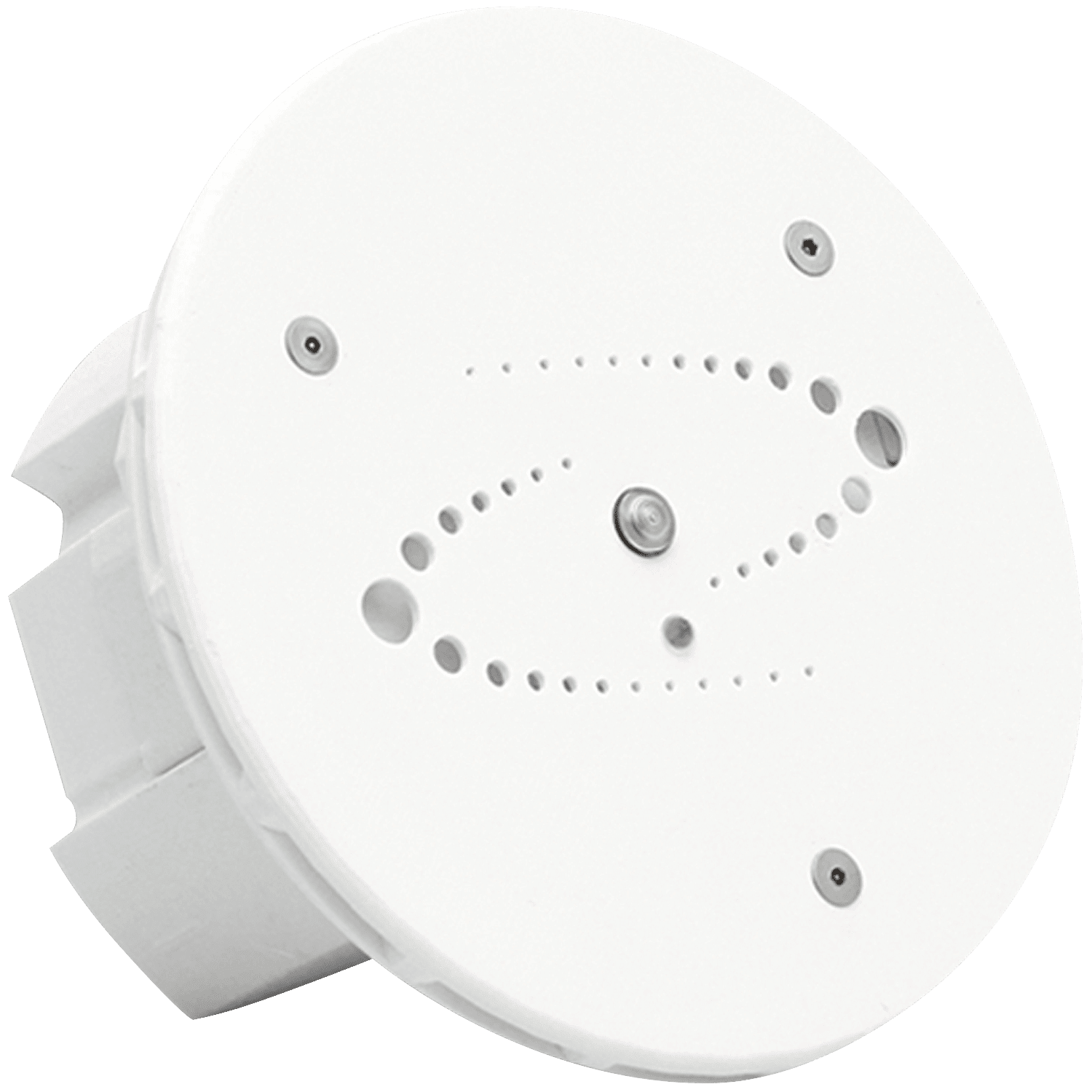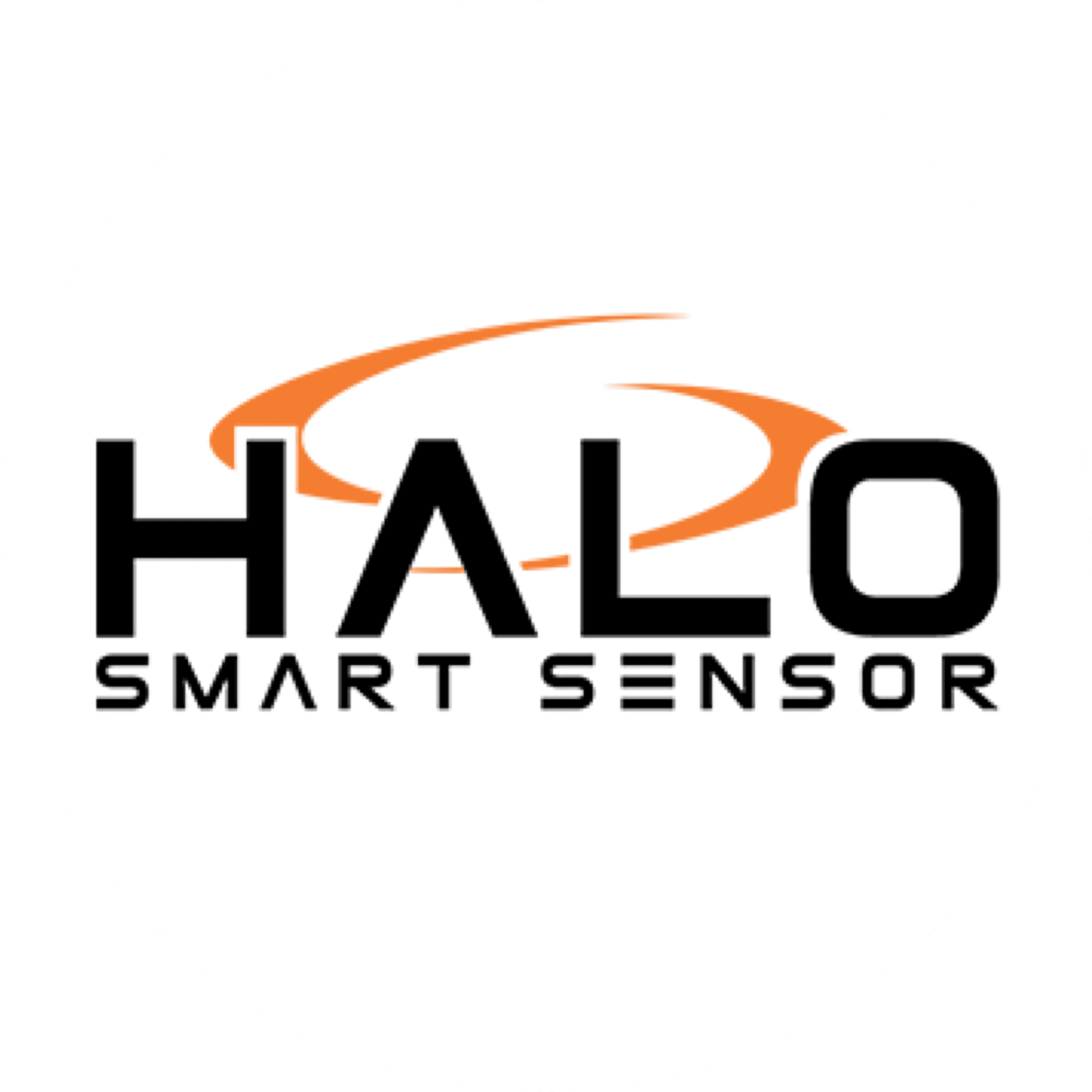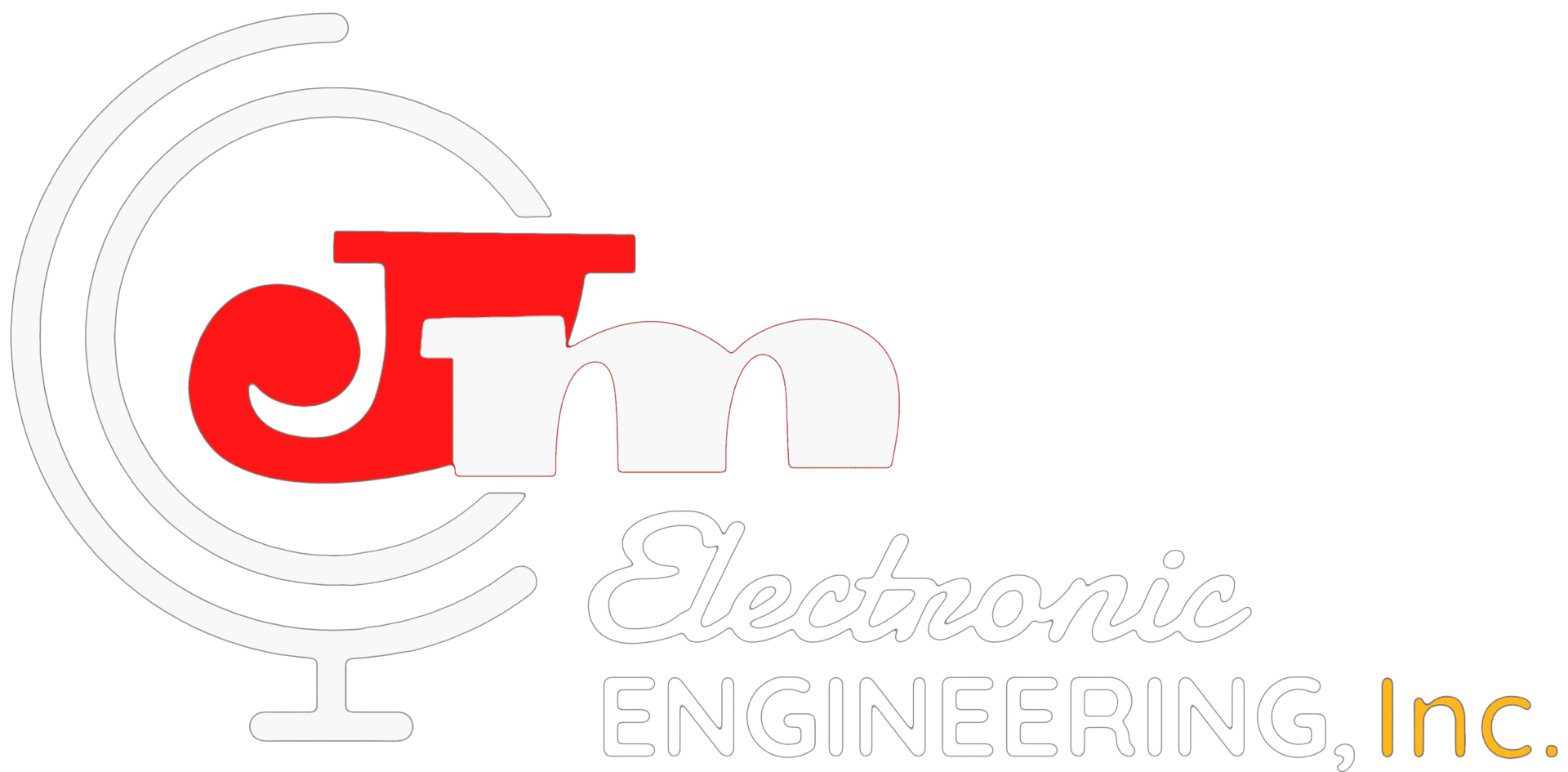HALO Smart Sensor
Contact Us
About Us
JM Electronic Engineering is an
AUTHORIZED DISTRIBUTOR
for the only vape detector that detects THC oil

HALO SMART SENSOR
The Halo Smart Sensor combats issues by detecting easily concealed activities in historically unmonitored areas.
Public safety is no longer a single column of concerns but an ever growing list of hard to regulate issues; including harassment, bullying, gun violence, drug use, vaping, and more. Many times these safety concerns take place in hard to regulate areas like bathrooms, locker rooms, and changing rooms where cameras aren’t present. This is what makes the Halo Smart Sensor a vital tool for public safety.

The Halo Smart Sensor has a variety of capabilities and can be custom programmed to the consumer’s needs. These capabilities include:
Distinct Keyword Activation
Each Halo device comes preloaded with 5 spoken keyword phrases that are typically used during times of stress or need. For example, Halo can be set to alert anytime someone says “Help” or “Stop”. Whenever the keyword is said aloud, Halo will send notifications to those who have been designated to receive these alerts. In addition, Halo is customizable and programmable to keywords of choice.
VAPE + THC USE
THC is the chemical component found in marijuana. The Halo Smart Sensor is the only sensor that is able to trace THC oil given off by vape pens, along with the other traditional smoking methods. For vaping, Halo uses a Dynamic Vape Detection algorithm to automatically learn the environment and alert when Vaping is detected. It is also the only product that can alert and differentiate between Vaping, Vaping with THC, and intentionally masking Vaping behavior.
Vape Masking + Tampering
Vape Masking is a cover up tool, commonly used to cover vaping in public areas. When someone is trying to hide their vaping activity, they will typically spray cologne or other aerosols to cover up the distinguished smell of marijuana or other vaping smells. Halo can detect and relay this activity to proper parties. Halo also uses a tamper sensor to prevent vandalism and disabling of the Halo by identifying vibrations caused by striking the HALO, throwing things at it, or even moving the ceiling tile Halo is mounted in.
Gunshots
Halo can identify gunshots and the location with two-factor authentication using frequency sound pattern and percussion. Halo is 3rd party certified, and each device has a 25 ft range with 360° radius detection.
Trespassing in Restricted Areas
Measured in Lux, Halo can identify the light level in a particular location. This can be helpful when detecting occupancy, improving emergency efficiency, and coupling with other sensors to identify an intrusion. Halo quickly sends notifications when lights or noises are detected after hours or in unauthorized areas.
Public Violence + Aggression
Halo can detect abnormal noise levels using analytics to set real base noise levels for monitored areas. It can also detect excessive banging to provide awareness of a violent situation as soon as it arises, quickly alerting those who have been designated to receive those alerts.
Health Index + Air Quality Index
The Health Index provides a real-time indication of the potential risk for the spread of airborne infectious disease in a building, while the Air Quality Index provides a rolling average of the quality of the air you are breathing over a course of time.
Carbon Dioxide Detection
While the effects of high levels of CO2 were long thought to be benign, research has found that concentrations as low as 1,000 ppm can affect people’s cognitive function and decision-making performance. The greatest source of indoor CO2 is people themselves, as it’s a byproduct of our respiratory function. Coupled with poor ventilation, this commonly leads to high levels of CO2 in many workplaces.
Nitrogen Dioxide Detection
Nitrogen dioxide (NO₂) is an ambient trace-gas result of both natural and anthropogenic processes. Long-term exposure to NO₂ may cause a wide spectrum of severe health problems such as hypertension, diabetes, heart and cardiovascular diseases and even death.
Particulate Matter
Particulate matter, or PM, is a mix of particles and droplets in the air. PM varies in shape and size, but those of 10 micrometers in diameter or smaller can adversely affect your health because they can be inhaled.
Sufficient exposure to PM can irritate the eyes, nose, throat, and lungs, leading to allergy-like symptoms and shortness of breath in otherwise healthy people. It can also exacerbate existing medical problems, such as asthma and heart disease. PM 2.5 is considered the world’s single biggest environmental health risk.
Indoor PM levels can be influenced by outdoor sources like vehicle exhaust, wildfires, and power plant emissions. But many indoor activities produce PM as well: cooking, burning fireplaces, and smoking are just a few common sources.
VOC (Volatile Organic Compounds)
Volatile Organic Compounds are gasses emitted from a variety of materials that can have short- and long-term health effects. Concentrations of many VOCs can be up to 10 times higher indoors than outdoors.
Sources of VOCs include many common products, including cleaning fluids, disinfectants, paints, and varnishes. Burning fuels like wood and natural gas also produce VOCs.
Short-term exposure to low levels of VOCs can cause throat irritation, nausea, fatigue, and other minor complaints. Long-term exposure to high concentrations of VOCs has been linked to more severe respiratory irritation as well as liver and kidney damage. Products can emit VOCs even when they’re in storage, though to a lesser extent than when they’re actively being used.
Carbon Monoxide Detection
By now, most people are aware of the deadly effects of high concentrations of this odorless, colorless gas. Exposure to lower levels sometimes given off by fuel-burning appliances can also cause adverse reactions, including confusion and memory loss.
Temperature + Humidity
These levels can affect more than your comfort. High temperatures and excessive humidity promote mold and mildew growth. These can cause structural damage to your workplace and cause allergy-like symptoms in those with sensitivities. Monitoring these levels can help you prevent facility and health problems and tip you off to potential sources like structural weaknesses and leaks.


JM Electronic Engineering, Inc. is committed to safe environments for our community, which is why we have partnered with Halo Smart Sensor, as an authorized distributor, to combat these issues. As of 2021, HALO has won over 60 awards and is in over 1,500 school districts throughout the country to help combat the vaping epidemic. The market for devices such as the HALO Smart Sensor is not only helpful for schools, but for other markets as well; these include: healthcare, hospitality, commercial buildings, apartment complexes, assisted living, and more.

For more information on the Halo Smart Sensor
or to see how it can work for you,
